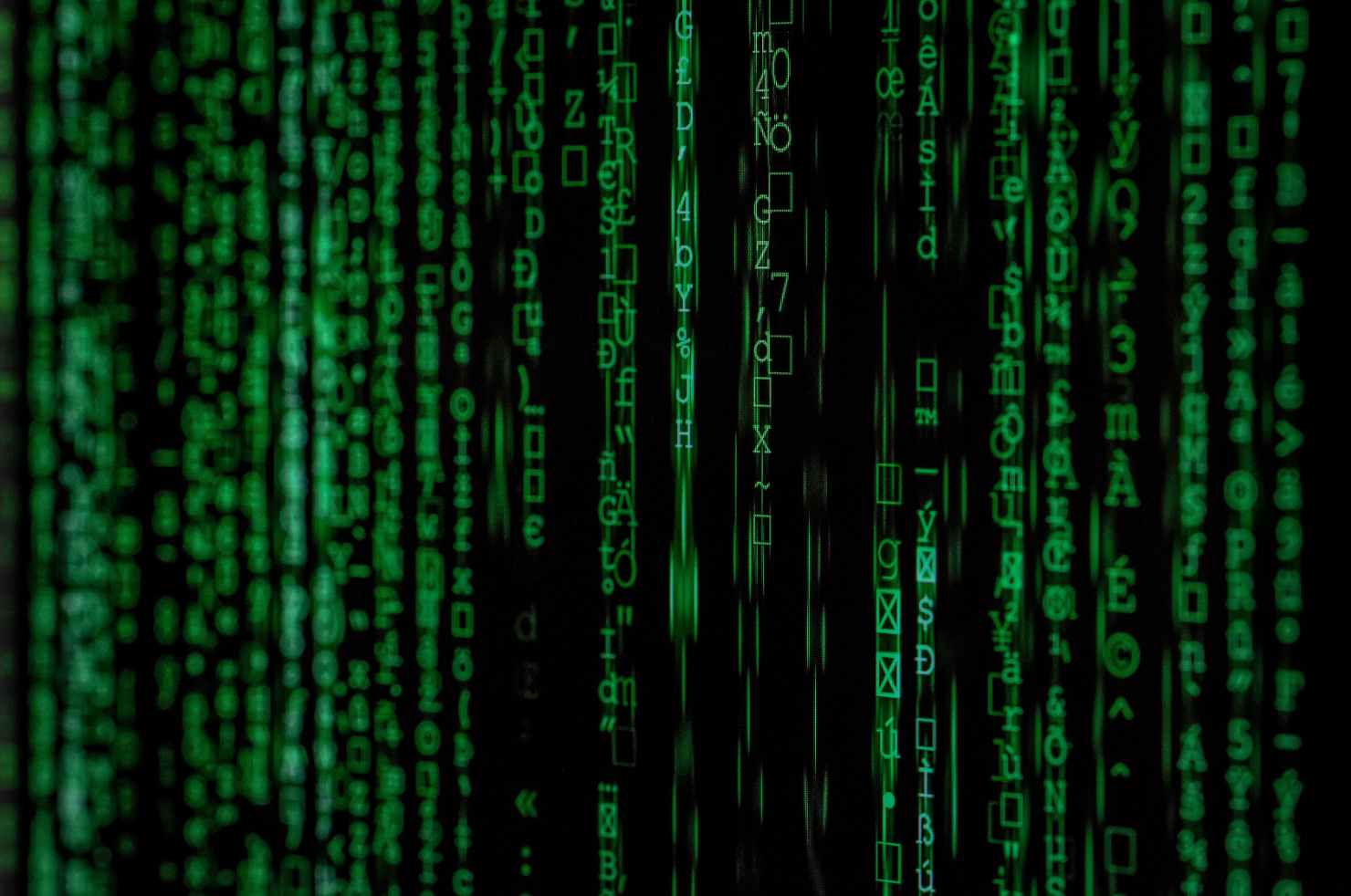Viruses in China

Published in View from the Edge – A monthly column by Lee Han Shih, Founder of the Potato Group, featured in the CompassList newsletter. The Sailor’s Log offers analysis, insights and coverage of noteworthy trends from up-and-coming startup ecosystems. It goes out the first and third Wednesday of every month. Get the CompassList newsletter here.
Two sets of viruses are waging a war in China. The outcome could influence the direction of the country for years to come.
One set is the infamous “Wuhan virus,” the coronavirus or COVID-19, which started in the eponymous central Chinese city this January and spread with lightning speed to many countries in Asia, and now to Europe, the US and the rest of the world.
Fighting against it is a collection of tech – with uses ranging across medical care (to detect, contain and cure), contactless interaction (drones, unmanned vehicles, cashless payments) and the digital Net enveloping the country, providing mapping, information, education and other services.
As in all arm races, both sides are evolving rapidly. COVID-19 itself is a mutation. Last month, its genes were found to have mutated while transmitting within a single family in the southern province of Guangdong.
On the other side, many new tech have either sprung into being or are co-opted and strengthened into something new. Alibaba helped shorten the time for deciphering the COVID-19 nucleic acid from hours to minutes. Baidu used data analytics on its massive search engine to map out the movements of 5m Wuhan residents. Tencent’s WeChat provides the population minute-by-minute updates. Unmanned delivery by JD.com is seen in many cities. The Shanghai authorities have produced cutting-edge AI-assisted CT Scan procedures. Hundreds of millions of teachers and students, confined at home, are now conducting two-way education online. The list goes on and on, and will continue until the war between the viruses has come to a decisive outcome.
Can tech be a virus? It certainly shares many traits of viruses. It works by trial and error; it adapts to the demands of the environment (or adapts the environment to its demands); it propagates widely (via phones); it produces descendants/mutations, often by marrying other tech (steam + metallurgy + coal mining = train); and it is, to a large degree, autonomous (try to shut down the Internet). Yes, it needs human hosts, but then so does the coronavirus. Yes, it isn’t alive, but then the jury id still out on whether the physical viruses are indeed alive. Moreover, the most famous non-physical virus, the meme, is also not alive in the conventional sense.
Taking tech as a virus changes the way we see how it could be used against physical viruses in the future. Physical viruses evolve in unexpected directions. Tech must similarly evolve, in its own manner, to cope with the new challenges. It cannot be directed by a central body: the government can help tech to grow and flourish, but it cannot be the gatekeeper for what tech can or cannot do – if it wants to be able to cope with the inevitable new and mutated viruses in coming years.
Take the current situation – no one, and certainly not the Chinese government, could have anticipated that WeChat or the Baidu search engine would be indispensable in the nation’s war against the coronavirus. Going forward, this unpredictability will continue to feature in a big way, amid the state’s persistent attempts to control the big tech firms in China, no matter how distasteful the authorities may find it.
